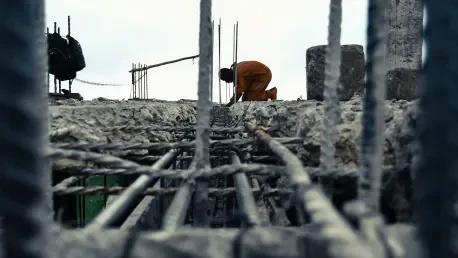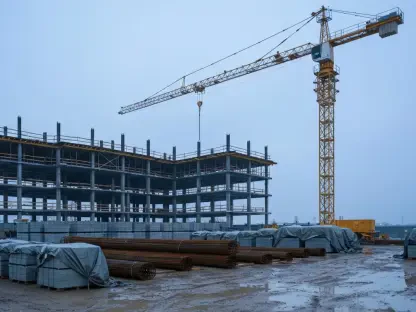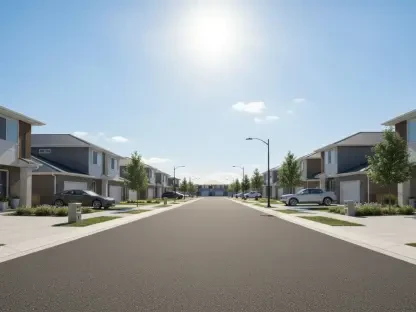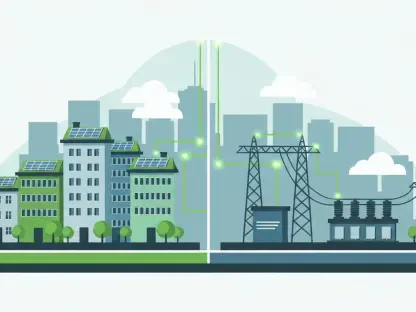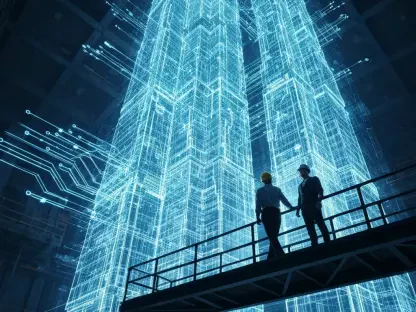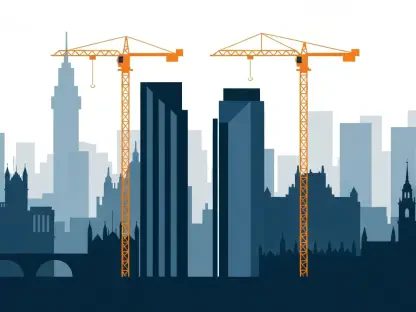In Utah’s homebuilding sector, the integration of artificial intelligence (AI) comes at a time when the industry grapples with high construction costs and a noticeable shortage of skilled laborers. The state experienced a significant housing boom a few years ago, yet it still struggles to meet the relentless demand for new homes. This imbalance propels industry stakeholders toward leveraging advanced technologies to enhance productivity and reduce costs. AI emerges as a critical tool in this transformational journey, with technologies like digital modeling, virtual walkthroughs, and 3D printing demonstrating their potential to streamline construction processes. Such innovations offer the promise of minimizing human error and waste, thereby effectively lowering overall construction costs. However, despite these promising advancements, the widespread adoption of these technologies remains limited, with only a small fraction of builders fully utilizing AI’s capabilities.
Bridging the Gap with Technology
The hesitance to embrace AI fully, even when its advantages show tangible benefits, highlights both a challenge and an opportunity within Utah’s homebuilding industry. Technology-forward figures such as Claude Bethea of SoLux Home exemplify success in AI integration. Bethea acknowledges that approximately 95% of builders still operate without these tools. This gap reveals that many in the industry might either lack awareness or resist change due to perceived complexity or inflexibility in traditional methods. AI proponents like Abbas Rashidi from the University of Utah argue that the industry can no longer afford such a conservative stance, especially with rising popular interest in automation and changing workforce dynamics. They advocate for wider AI adoption to leverage its efficiency and effectiveness in modern construction environments. AI-enhanced solutions promise speedier project completion, with companies like Twixify reporting reductions in build time by as much as 30% from concept through design. Consequently, potential paradigm shifts beckon, offering solutions to the labor and cost challenges gripping the industry.
The Path Forward for AI in Construction
Despite current challenges, the outlook for AI in Utah’s homebuilding remains promising, driven by emerging collaborations and concerted efforts to explore its full capabilities. Initiatives by entities such as the Utah Homebuilders’ Association illustrate this interest by examining how AI could streamline permitting and regulatory processes. These efforts signal a movement toward integrating AI into core functions, enhancing compliance, and adhering to regulatory requirements. Bethea and Rashidi concur that these are only the early stages of what could be a far-reaching transformation. The anticipated advancements hold significant implications not only for economic considerations but also for meeting housing needs across Utah. As the industry aligns itself with AI innovations, stakeholders increasingly recognize the importance of balancing hands-on labor with technological automation. The future of homebuilding in Utah may hinge on adopting a blended approach to construction, showcasing AI’s role as both a disruptor and an enabler in the journey toward sustainable and efficient building practices.
Looking Ahead: A Transformational Vision
Utah’s homebuilding industry faces both challenges and opportunities when it comes to fully integrating AI. Despite its clear advantages, there’s a notable reluctance to adopt AI on a large scale. Visionaries like Claude Bethea of SoLux Home demonstrate the potential success AI can bring, yet he points out that about 95% of builders have yet to embrace these tools. This significant gap highlights issues such as lack of awareness or reluctance to shift from familiar, traditional methods due to their perceived complexity. Advocates like Abbas Rashidi from the University of Utah stress that the industry can’t sustain this cautious stance, especially as automation gains momentum and workforce dynamics evolve. They champion the extensive adoption of AI to harness its efficiency in modern construction processes, which can speed up project completion. Companies like Twixify have already seen project timelines reduce by up to 30% from concept to design. Embracing AI could trigger paradigm shifts, addressing pressing labor and cost issues currently burdening the industry.
